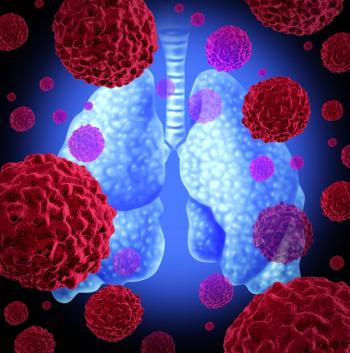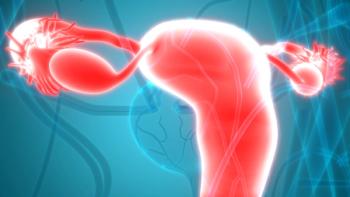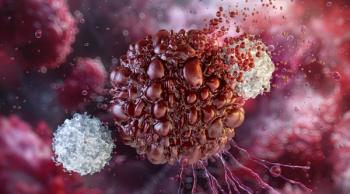
- ONCOLOGY Vol 14 No 3
- Volume 14
- Issue 3
Chimeric Anti CD20 Monoclonal Antibody (Rituximab) in B-Post-transplant Lymphoproliferative Disorders: A Retrospective Analysis of 32 Patients
Anti–B-cell monoclonal antibodies have been proven effective in B-cell post-transplant lymphoproliferative diseases (PTLDs; Benkerrou et al: Blood 92,3137, 1998). Other treatments, such as chemotherapy or antiviral drugs, are toxic or
AntiB-cell monoclonal antibodies have been proven effective in B-cell post-transplant lymphoproliferative diseases (PTLDs; Benkerrou et al: Blood 92,3137, 1998). Other treatments, such as chemotherapy or antiviral drugs, are toxic or ineffective. We report on the activity of rituximab (Rituxan) in 32 patients with B-PTLDs treated at 14 French centers.
There were eight liver, eight kidney, four heart, three lung, one heart/lung, one liver/kidney, one kidney/pancreas, and six bone marrow transplant (BMT) recipients. Median age was 34 years (range, 3 to 67 years), and median delay between graft and diagnosis of tumor was 5 months (range, 1 to 156 months). In organ recipients, tumors were classified as polymorphic and monomorphic in 10 and 15 cases, respectively; associated with Epstein-Barr virus (EBV) in 22 cases; and monoclonal in 10 of 12 tumors tested. Due to a rise in EBV load, fever, and lymph node enlargement, 4 of the 6 patients with BMT were treated without pathologic documentation. The immunosuppressive regimen was tapered in 27 patients.
Rituximab was used as first-line therapy in 30 patients and as salvage therapy in 2 patients. Median time between diagnosis and treatment was 14 days (range, 1 to 110 days). Eight infusions of rituximab were administered to 2 patients, four infusions to 26 patients, three infusions to 1 patient, and two infusions to 3 patients. The rituximab dose in each infusion in all cases was 375 mg/m².
Tolerance was good. The overall response rate (complete response [CR] plus partial response [PR]) was 69% (20 CRs; 2 PRs), with no difference between solid-organ recipients (15 CRs; 2 PRs) and BMT patients (5 CRs). Median time to response was 54 days (range, 11 to 148 days). With a median follow-up of 10 months (range, 3 to 19 months), 22 patients are alive and 18 patients are in CR.
Of the 22 responders, 4 (18%) relapsed and remain alive following salvage therapy, and 5 died (infection occurred in 3 patients; rejection in 1 patient; pulmonary fibrosis in 1 patient). Among the 10 patients in whom rituximab therapy failed, 5 died of B-cell PTLD and 5 are alive and well following salvage chemotherapy.
CONCLUSION: Rituximab appears to be a safe and relatively efficient therapy in B-cell PTLDs. These results need to be confirmed in an ongoing, prospective, multicenter trial.
Articles in this issue
almost 26 years ago
FHIT Gene, Smoking, and Cervical Canceralmost 26 years ago
IOM Medical Error Estimates Questioned, But Legislation Consideredalmost 26 years ago
Less Toxic Therapies for Hodgkin’s Disease May Reduce Secondary CancersNewsletter
Stay up to date on recent advances in the multidisciplinary approach to cancer.
































































































